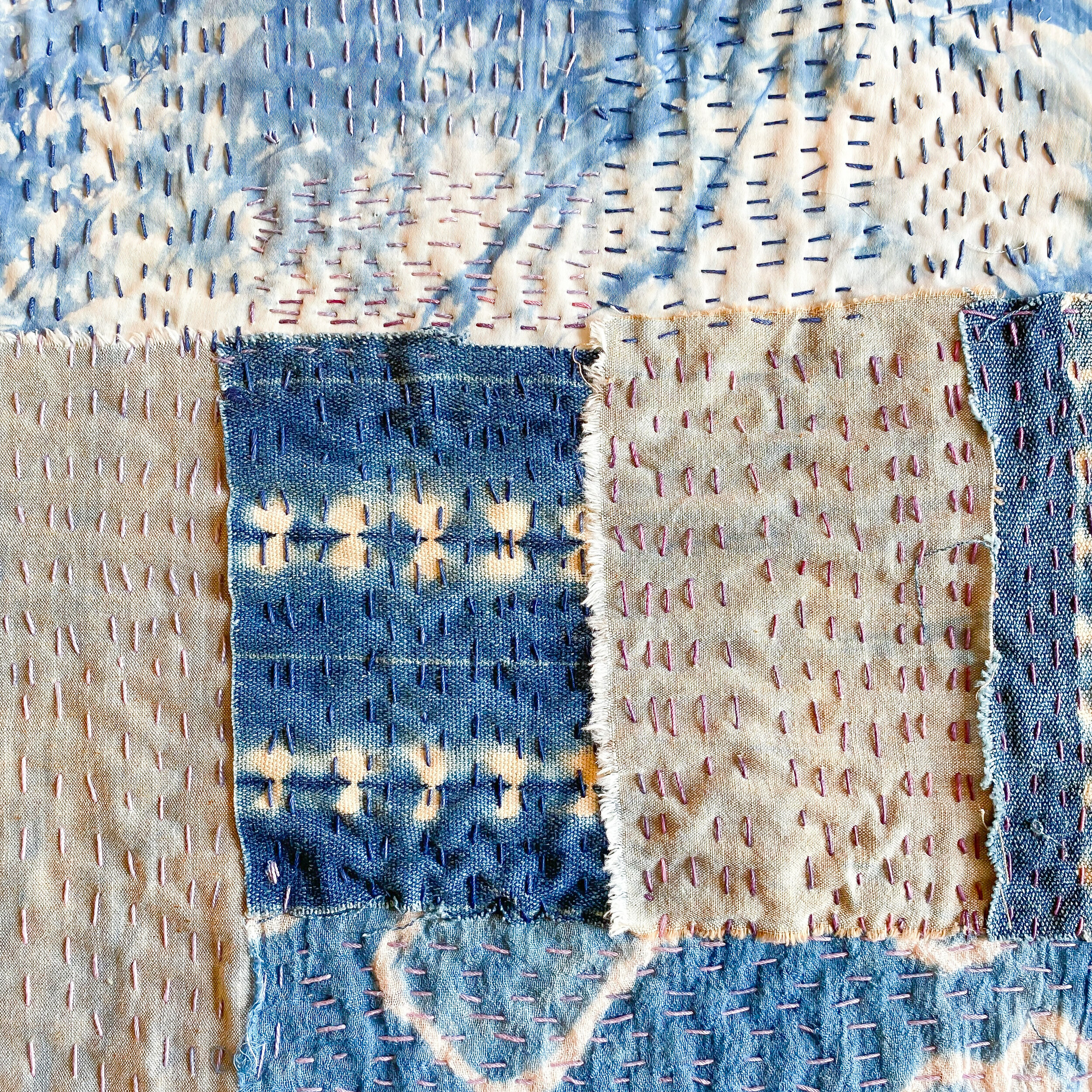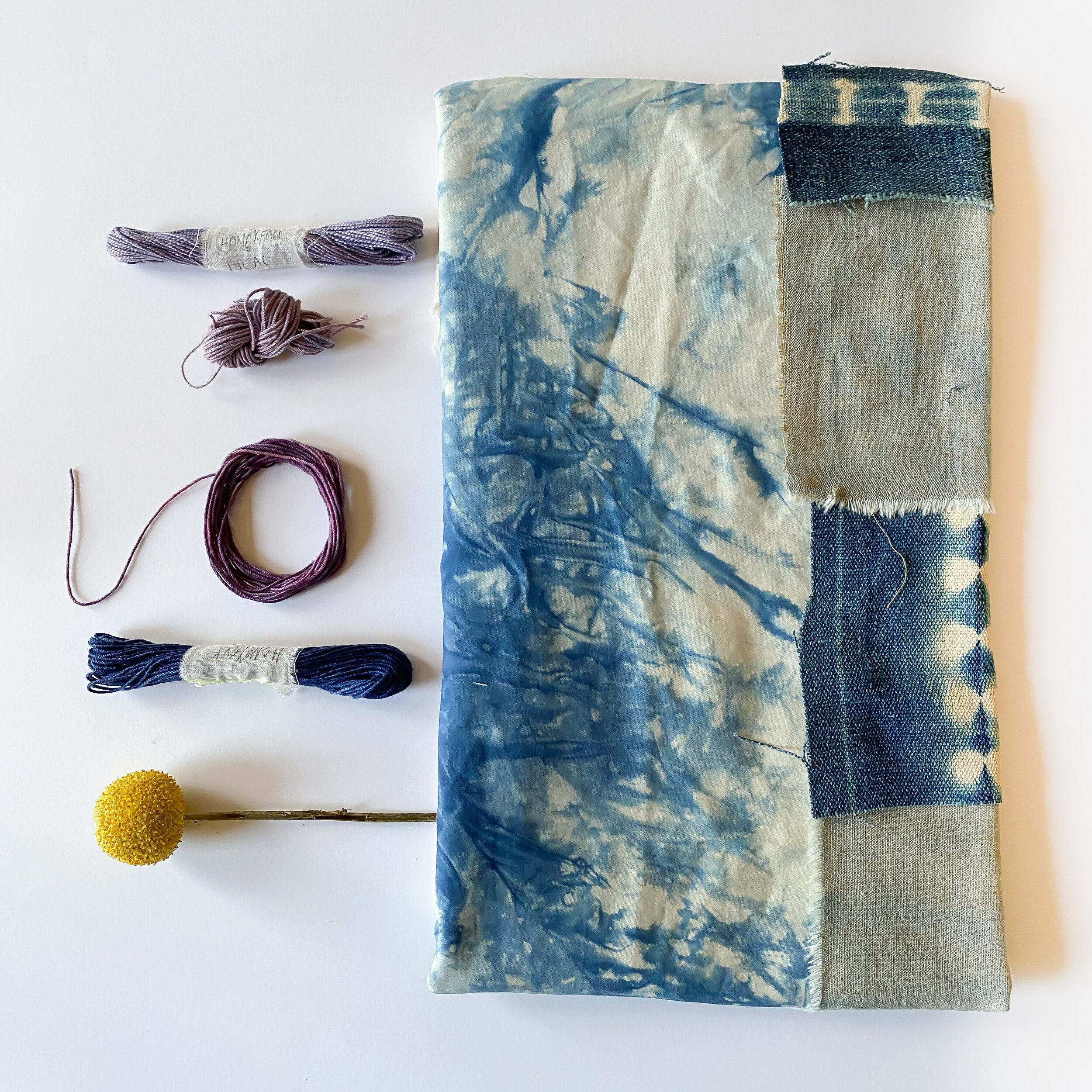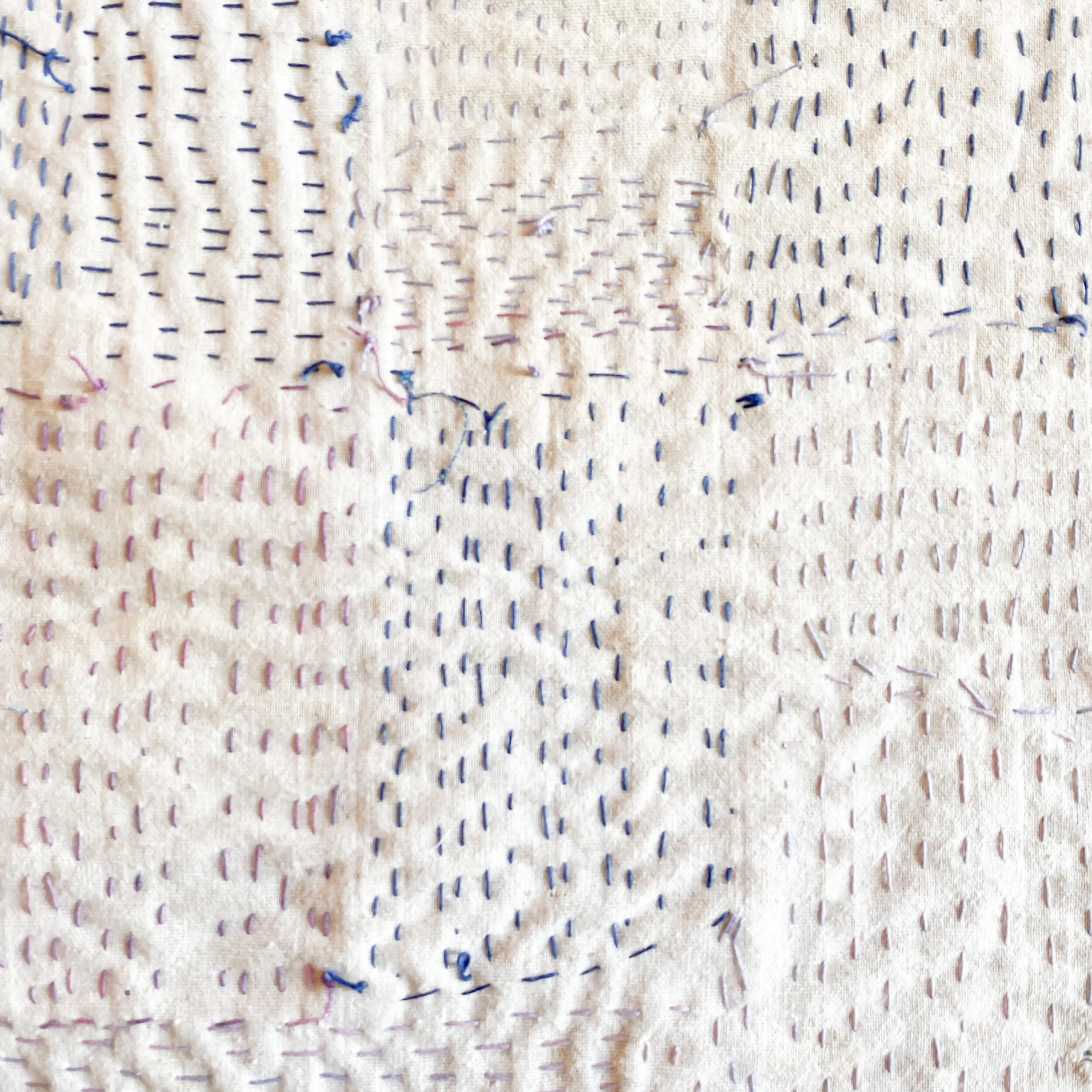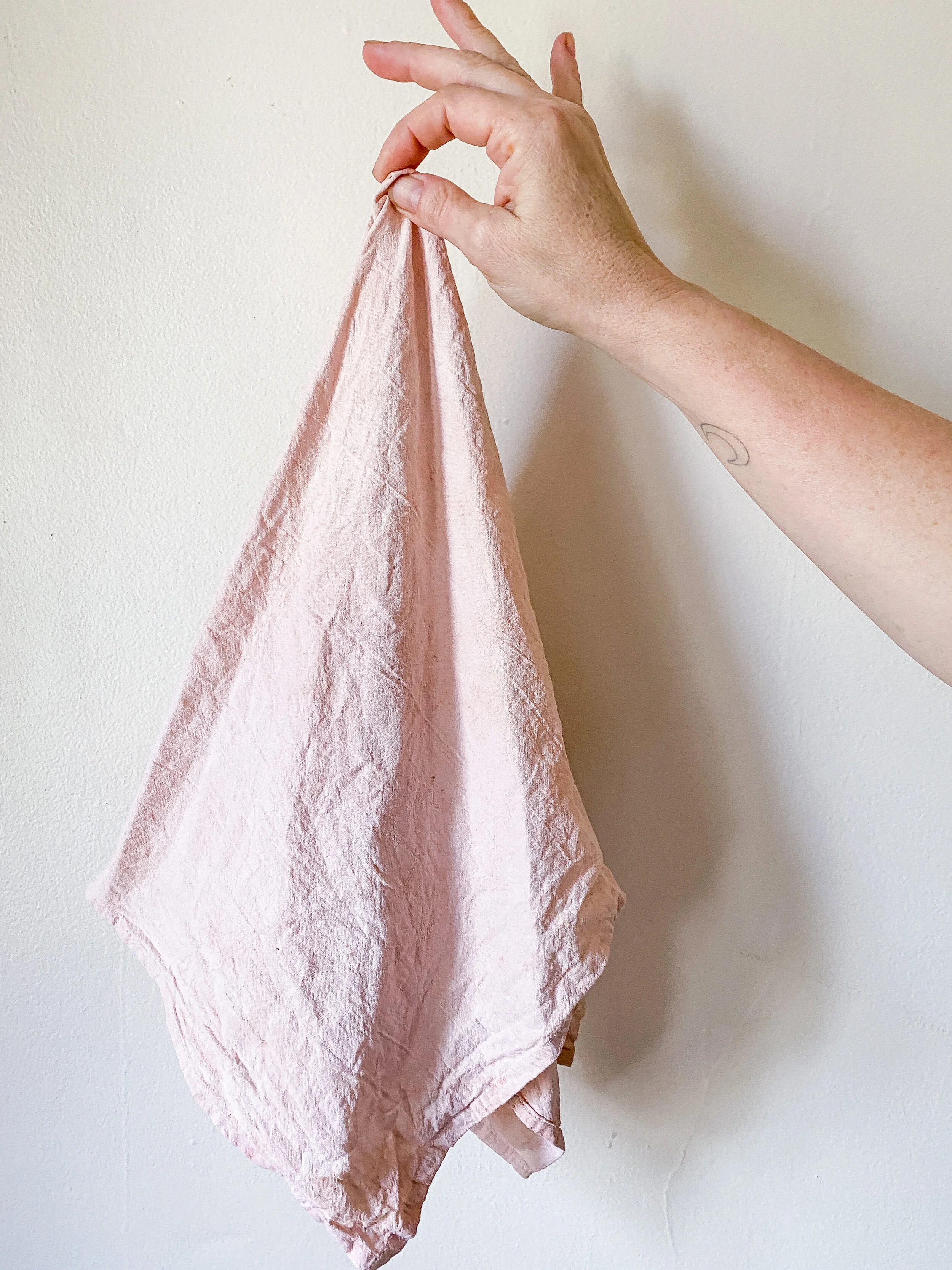Slow Stitching
Slow sewing isn’t a new thing. Hand sewing used to be a necessity.
It wasn’t just the forced slow down with the pandemic that has made hand-stitching more popular. We are catching on to the beauty of mending instead of tossing out, and sashiko-style mending techniques are so on trend.
I was in college in the late-late 1980s and only had one friend who knitted - we all dabbled in some kind of artistic pursuit - but knitting seemed like something only Moms and Grammas did.
Maybe it was a collective conscious thing. Maybe it was the influence of Martha Stewart Corp. But it seemed like by the mid-nineties all-kinds of DIY home-making were en vogue.
Or it’s equally possible that because I was awakening to the joys of hand-work, I assumed everyone was.
Unless you could pay to outsource your sewing, before ready-made clothing and home goods, you HAD to sew. When it’s something you have to do it’s ‘work’; when it’s something you choose to do it’s leisure.
My expertise is not as a stitcher. But that’s part of the joy. You don’t need to be an expert to make or mend. Things can be perfectly imperfect.
Start small. Our friends at POST - Detroit have kits and classes (again soon). And if you do a quick search for ‘slow stitching' kit’ on ETSY, there are a lot of small shops to support.
Make an eye pillow, sachet or simple gift bag
Embellish something instead of starting a full-on project
Mend your favorite sweatshirt or jeans
Whether your mending jeans, or making a small project the joy is in the process as much as the finished product. Sitting down and concentrating on making those stitches reduces blood pressure and other markers of stress. And as you gain skill, your mind can ponder while your hands are busy - its a form of Moving Meditation.
“When we spend time patching, stitching, darning, or otherwise fixing torn fabrics, we ultimately deepen our understanding of quality, composition, and craftsmanship.”
Katrina Rodabaugh, author Mending Matters
Mindful Mending with Refinery29
SOURCES and RESOURCES
For sure what piqued my interest in ‘visible mending’ is all the compelling images on instagram. I was recently introduced to @honeyfolkclothing and her free patterns. website
Also if you’re not confident in your stitches and like the look of the precise sashiko stitches @wrenbirds has and ETSY shop with stickers that you stitch over and wash out (I’ve tried them - super easy and effective).
You can go all out and buy all the pretty tools OR
One small embroidery hoop will help you sew only one layer of jeans, instead of sewing the legs together (done it)
DMC perl cotton #8 is cost-effective and easy to get - it also comes in lots of pretty colors
Embroidery floss is fine, but you typically separate the 6 strands and that can lead to frustration (plus every time you have to rethread your needle you have to go through the process again- perl cotton is simpler)
A good pointy needle works fine you don’t need sashiko needles. A #24 ‘chenille’ needle works great
Harvest scraps from woven (not knits) if available to avoid waste - also a trip to the thrift store would work too. Dress shirts and bed linens make great fabric options
RADICAL + ACCESSIBLE mending is sustainable fashion, NYLON Magazine
SEW LIBERATED sewing a cohesive wardrobe as an act of self-care.
Our Slow Stitching kit for non sewers is coming soon: Embellish a cotton bag for shopping bulk, organizing stuff







